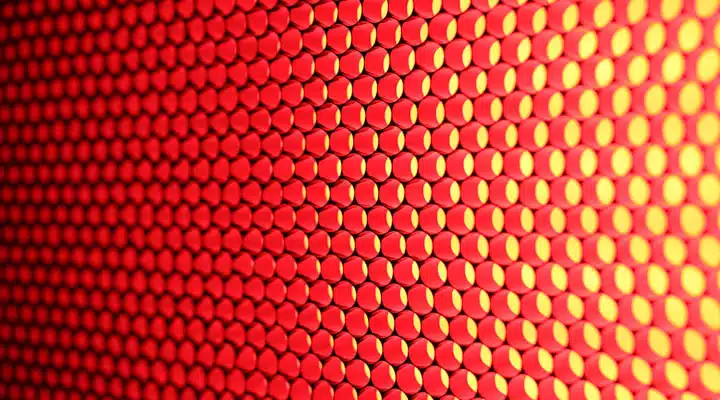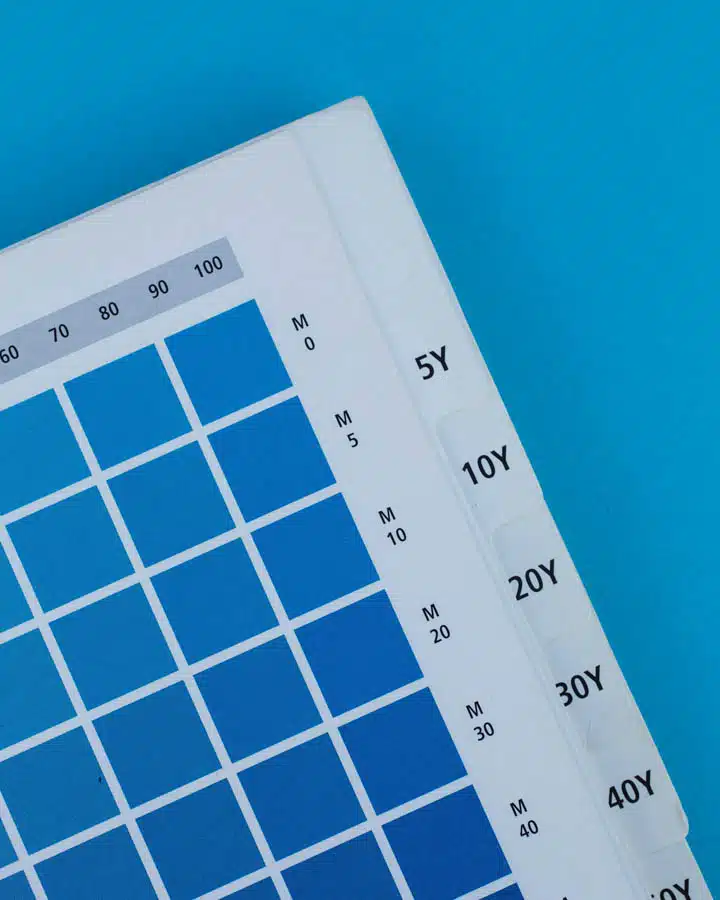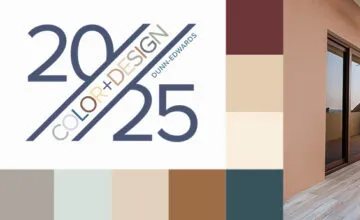Hex Paint Values, RGB, CMYK Colors: What’s the difference?
02/17/2021 | specs+spaces staff |
Ever wonder why there are so many ways to categorize colors? What is the difference between CMYK, RGB, and HEX values? Why are there so many color systems? Oh! And what’s the Munsell color system?
Understanding Color Codes
Color theory is one of the earliest and most basic concepts children learn about in school and it helps them contextualize the world around them — from people, to pets, nature, toys and seasons. We start off by learning about color using ROYGBIV. But what is ROYGBIV and what does it stand for? The term is an acronym where each letter stands for a corresponding color, and the order of these colors proceeds just like how the colors show up in nature, such as in a rainbow.

For example, “R” stands for the color red, which is the first color displayed in a rainbow. Red is followed by orange in a rainbow, which is identified in the acronym by “O.” This continues next with yellow, reen, blue, indigo, and lastly, violet. Spelled out, we get ROYGBIV.
Aside from nature, there are various ways in which color is created and cataloged, from the Munsell system used for our color system, to RGB in electronic systems like computer and television screens, HEX in web coding and CMYK for printed materials like magazines.
Photo Credit: Andi Sakowski
Choosing a color for any project can be daunting. At Dunn-Edwards, there are 2,006 unique colors from which to choose. There are a range of historically-accurate colors such as Mid-century Modern, to colors that fit particular modern design aesthetics.
What is The Munsell Color System?
At Dunn-Edwards we talk a lot about the Munsell color system. So what is Munsell and what is it used for? Albert H. Munsell was an artist and educator who created a scientific color theory to help communicate colors in relation to one another. His system for identifying colors is based on three intersecting dimensions — hue (the color itself); value (the amount of lightness or darkness in the color); and chroma (the saturation of a color).
Image Credit: Melissa McClure
The Munsell Color system is set up as a numerical scale with values given for each of the three attributes. The Munsell color system is the color standard we use for our color system. Munsell’s system utilizes three dimensions, making it ideal for three-dimensional, spatial applications and also because of its precision.
What is RGB?
What’s the difference between Munsell color theory and RGB? The application for the two color models are different. While Munsell color system is used to catalogue and code color like paint within a color standard, the RGB color model is the color space used for digital work like electronics and television screens.
The name RGB is derived from the way that red, green and blue light are added together to create a large spectrum of color. A light source within a device creates any color you need by mixing red, green and blue and varying their intensity. This is known as additive mixing: all colors begin as black darkness and then red, green and blue light is added on top of each other to brighten it and create the perfect pigment. When red, green and blue light is mixed together at equal intensity, they create pure white.
Designers can control aspects like saturation, vibrancy and shading by modifying any of the three source colors. Because it’s done digitally, the designer manipulates how the light on the screen manifests to create the color they want.
What are HEX Values?
While the Munsell Color System is used for paint and RGB is how color is communicated on electronic screens, what is the hexadecimal (HEX) code? HEX color is how color is conveyed on websites. HEX values are used in HTML, CSS, SVG and other computing languages to represent colors. Graphic designers and web developers utilize a six-digit value of numbers and letters to denote particular colors. The six-digit code is basically a shorthand reference to RGB color values.
What is CMYK?
We’ve learned about colors in real life and three-dimensional applications, as well as on screens and computer code, but what about printed color? The color system utilized for printing color is CMYK. This acronym stands for Cyan (blue), Magenta (M), Yellow (Y) and Black (K). The CMYK color model works inversely to the way we discussed RGB working — RGB is an additive approach, while CMYK is a subtractive approach. Practically speaking, this means that in the CMYK color model colors are masked, or subtracted, from light in order to produce the desired color when printing.
A printing machine creates images by combining CMYK colors to varying degrees with physical ink. This is subtractive mixing. All colors start as blank white, and each layer of ink reduces the initial brightness to create the preferred color. When all colors are mixed together, they create pure black.
Use CMYK for any project design that will be physically printed, not viewed on a screen. If you need to recreate your design with ink or paint, CMYK will provide more accurate results.
If you are inspired by all of this to start testing colors in your spaces, we’ve created the InstaColor® tools, which help you identify paints you like and test them virtually via an app.
Featured Articles
-
 Best Oranges for the Perfect Summer Beach Cottage
Best Oranges for the Perfect Summer Beach Cottage
-
 Get Ready for Fall with These Trendy Color + Design Moods
Get Ready for Fall with These Trendy Color + Design Moods
-
 Try These Color Palettes To Nail A Tomato Girl Summer At Home
Try These Color Palettes To Nail A Tomato Girl Summer At Home
-
 Embracing Barbiecore: Popular Pinks Throughout The Ages
Embracing Barbiecore: Popular Pinks Throughout The Ages
-
 The Color Yellow: Essential Color Theory, Symbolism and Design Application
The Color Yellow: Essential Color Theory, Symbolism and Design Application














